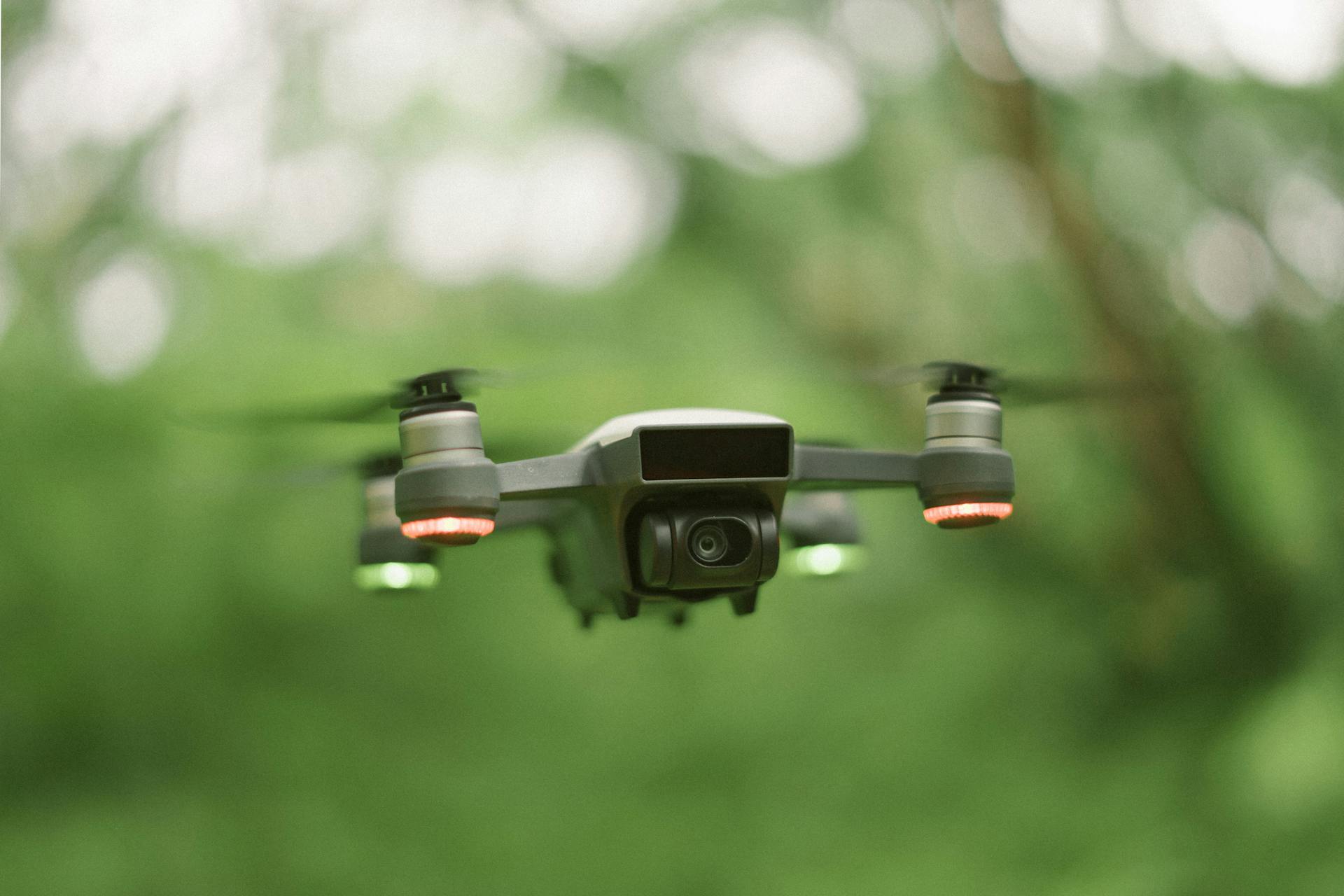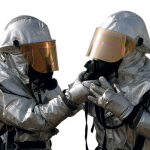In the United Kingdom, the use of drones for commercial purposes has grown significantly over the past few years. Businesses are increasingly adopting drones for various operations, ranging from aerial photography, surveying and mapping, to delivery services. However, as with any technological advancement, the use of drones is subject to certain regulations put in place by the Civil Aviation Authority (CAA), the statutory corporation responsible for overseeing and regulating all aspects of civil aviation in the UK.
This article aims to inform you on the specific regulations that UK businesses must adhere to when using drones. We will delve into the various categories under which drones are classified, the stipulations for each category, and the safety measures that must be observed when flying these remote-controlled aircraft.
Sujet a lire : How to Create a Successful Crowdfunding Campaign in the UK?
Classification of Drones by the CAA
The Civil Aviation Authority (CAA) categorises drones based on their weight and the purpose for which they are being used. This classification is critical to understanding the regulations that apply to specific drone operations.
Drones that weigh less than 20 kg and are used for commercial purposes fall under the Open Category. This category is further divided into three subcategories: A1, A2 and A3. Each of these subcategories has its own unique set of rules and regulations.
A lire en complément : How Can UK Video Game Developers Protect Their Intellectual Property Internationally?
For drones that weigh more than 20 kg or are used for specific operations, they fall under the Specific Category. This category also has its own set of regulations, which are more stringent due to the increased potential risks associated with these heavier drones and specific operations.
Open Category Regulations
In the Open Category, drones are restricted to flying no higher than 120m, and they must remain within the operator’s line of sight at all times. Also, they are not permitted to fly over crowds or within a certain distance from people, depending on their subcategory.
Specifically, the A1 subcategory allows for drones to fly over people, but not over crowds. The A2 subcategory allows for drones to fly close to people, but not over them, while the A3 subcategory restricts drones from flying in areas where there are people present.
It’s important to note that all businesses intending to operate drones in the Open Category must ensure that their pilots undergo a training course and pass an online exam to become certified by the CAA. This is to ensure that they have the necessary knowledge and skills to operate the drones safely.
Specific Category Regulations
For drones in the Specific Category, operators need to obtain an operational authorisation from the CAA before they can begin their operations. This authorisation is granted following an assessment of the operator’s risk assessment and mitigation measures.
In addition to this, pilots operating in this category must undergo a more extensive training course and pass a practical exam to demonstrate their proficiency in handling the drones.
Another important regulation to note in this category is the requirement for a drone to have a Remote Pilot ID. This is a unique identifier issued by the CAA, which enables the tracking and tracing of drones. This regulation is crucial for ensuring accountability and enhancing the safety of drone operations.
Safety Regulations for All Drone Operations
Regardless of the category, all drone operations must adhere to certain safety regulations. For instance, drones should not cause harm to people or property on the ground. They should also not pose a risk to other aircraft in the sky.
Furthermore, drones should always give way to manned aircraft, and they should not be flown in airspace where flight restrictions are in effect. Weather conditions should also be taken into consideration before a drone is launched into the sky. For safety reasons, flying drones in adverse weather conditions is strongly discouraged.
Privacy and Data Protection Regulations
When using drones for business operations, it’s important to also be aware of the privacy and data protection regulations. Drones that are equipped with cameras can potentially invade people’s privacy if they capture images or videos without their consent. Therefore, drone operators are required to comply with the UK’s data protection laws, which stipulate that any personal data collected should be used in a way that respects the rights and freedoms of the individuals concerned.
In summary, the use of drones by UK businesses is governed by a range of regulations, which are primarily aimed at ensuring safety and privacy. It is incumbent upon businesses to familiarise themselves with these regulations and ensure that they are complied with at all times. Doing so not only fosters a culture of responsible drone use, but also helps to build public trust in this emerging technology.
Drone Registration and Age Requirements
Drone registration is a mandatory requirement by the CAA for all drone operators. Strikingly, even the smallest drone models that are used for commercial purposes must be registered. This is a critical step towards ensuring accountability for all flying drones. The drone registration process involves providing the CAA with details of the drone operator and the specific drone model. Once registered, the CAA will issue a unique identifier for the drone, which should always be visibly displayed on the drone.
The Civil Aviation Authority also stipulates a minimum age for drone operators. For drones within the Open Category, the minimum age required is 12 years. However, for drones within the Specific Category, the drone operator must be at least 16 years old. These age requirements are essential in ensuring that the person flying a drone has the necessary maturity and judgment to do so responsibly.
The CAA further requires that all drone operators maintain a direct, unblocked visual sight of their unmanned aircraft at all times during flight. This rule is to ensure that the operator can monitor the drone’s trajectory and manoeuvre it away from people, property, or other aircraft, as necessary.
CAA enforcement of Drone Laws
The Civil Aviation Authority actively enforces the drone laws, and severe penalties are in place for businesses that fail to comply. This includes fines, confiscation of the drone, and in extreme cases, imprisonment. The CAA has the power to conduct investigations and audits on businesses to ensure compliance with the regulations.
The CAA encourages businesses to conduct their own regular risk assessments to identify potential hazards and implement measures to mitigate these risks. In addition, businesses are encouraged to implement a culture of safety within their operations. This means fostering an environment where all staff, not just drone operators, are aware of the regulations and their implications.
In conclusion, the use of drones for commercial purposes in the UK is a rapidly developing field, offering numerous opportunities for businesses. However, to fully leverage the potential of this technology, businesses must ensure they are fully compliant with the regulations set by the Civil Aviation Authority. This includes understanding the different categories of drones, the specific rules for each category, adhering to safety, privacy and data protection regulations, registering drones and abiding by the minimum age requirements for drone operators.
By understanding and respecting these regulations, businesses can operate drones safely, responsibly, and ethically, fostering public confidence in drone technology and its benefits. Ultimately, the future of commercial drone operations in the UK depends on the responsible behaviour of businesses today.










